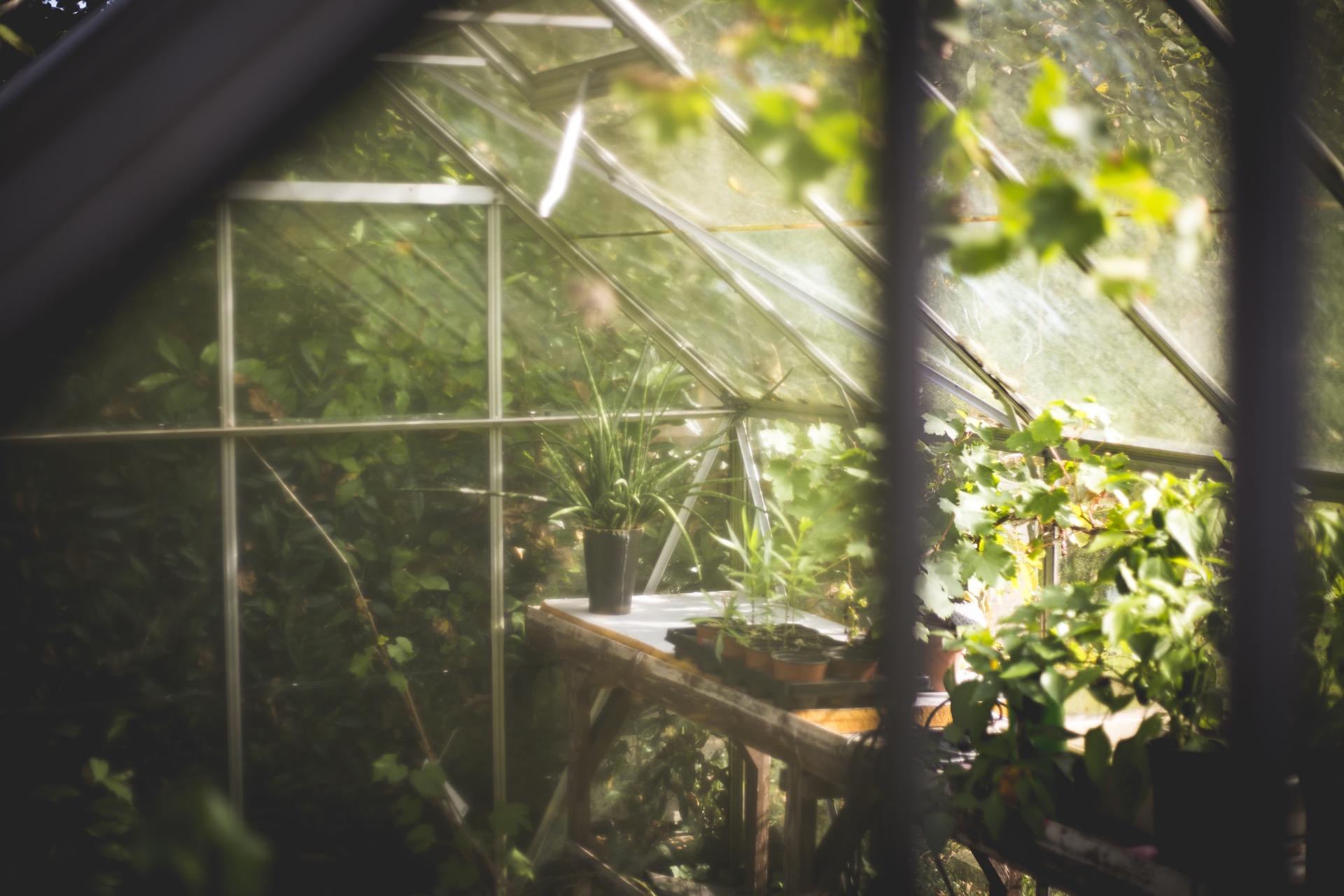USF St. Petersburg’s future is looking a whole lot greener because a greenhouse could soon be coming to campus.
While the project does not have a completion date, $25,000 was approved from an administrative fund in addition to a $5000 contribution from the Florida Fish and Wildlife Institute.
According to Alana Todd, who spearheaded the project, the greenhouse would be available for use to all students and professors. She hopes that in addition to cultivating student interest in urban agriculture, the greenhouse will be used for graduate and undergraduate research.
“There are a million benefits to having one,” she says. “In the long-term, it’s going to be really great for students.”
As a double major in environmental studies and anthropology, Todd, a senior, is no stranger to sustainability.
She is also the Student Government’s director of sustainable initiatives, the chair of the Clean Energy and Resource Conservation Commission and a voting member of the Student Green Energy Fund.
While some might scoff at the idea of spending $30,000 on a greenhouse, Todd says that the expenditure will yield a durable structure that is more likely to last. She sees the project as a worthwhile investment.
For those that would criticize the expense, she points to the opening of Lynn Pippenger Hall and cites the potential for community research in the facilities that a greenhouse would provide.
“It’s going to be an educational building for the students. None of it is coming from student dollars and they will see great benefits from it,” Todd says.
In addition to being a resource for students, she says that it makes monetary sense as well.
“I remember looking at other schools and looking at the benefits that they have with their greenhouses,” she says. “A lot of schools have been able to get a substantial amount of money through grants and scholarships doing experiments and research in greenhouses.”
Todd cites the school’s expansion as evidence for the project’s potential for a positive impact, saying that the addition of majors means that the school must cater to students from a wider variety of majors. She says she has met a lot of students interested in urban agriculture but aren’t offered the resources to fully explore that on campus.
In addition to research and education purposes, the facilities would be used to grow seedlings for the Bayboro food forest and the incoming tower garden.
The greenhouse will be located near the new Poynter labs behind the Pianoman building, where it will sit next to the new solar panels.
Header photo courtesy of Thomas Verbruggen



